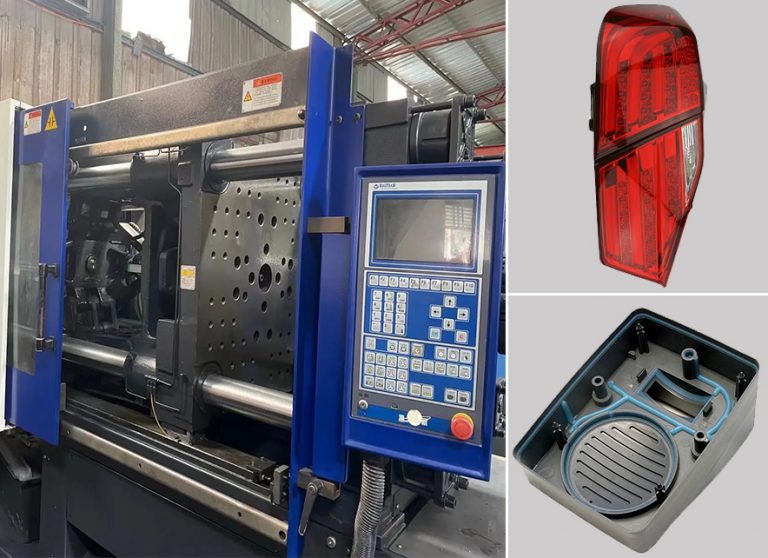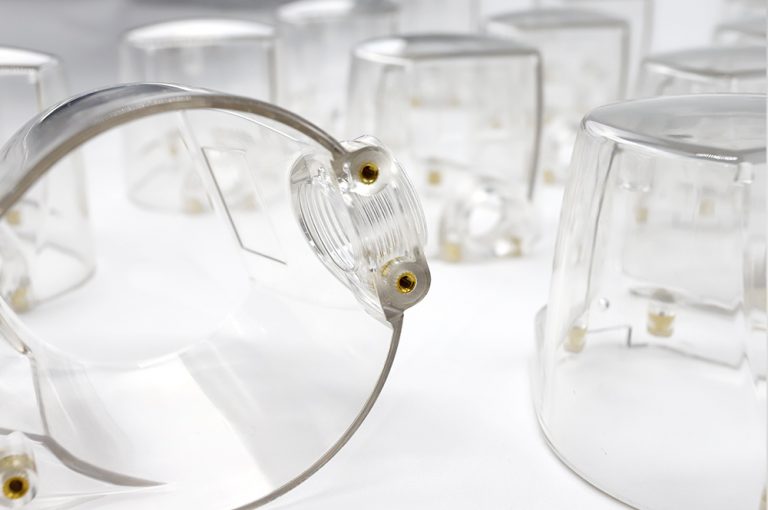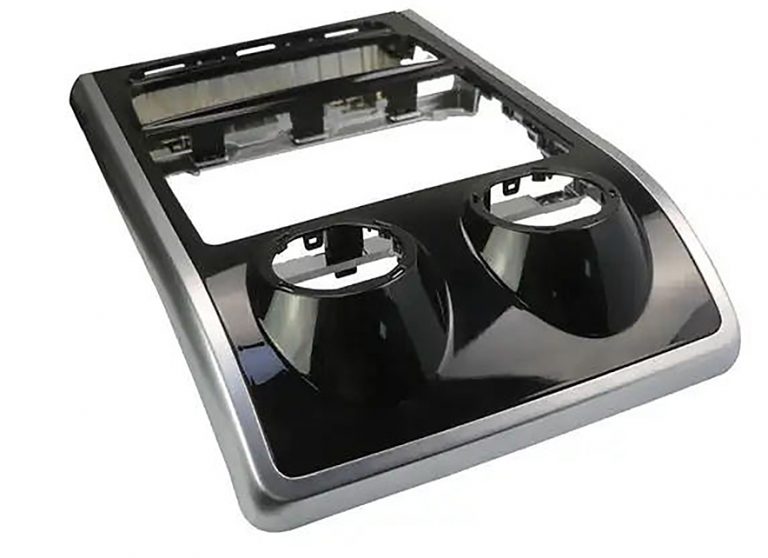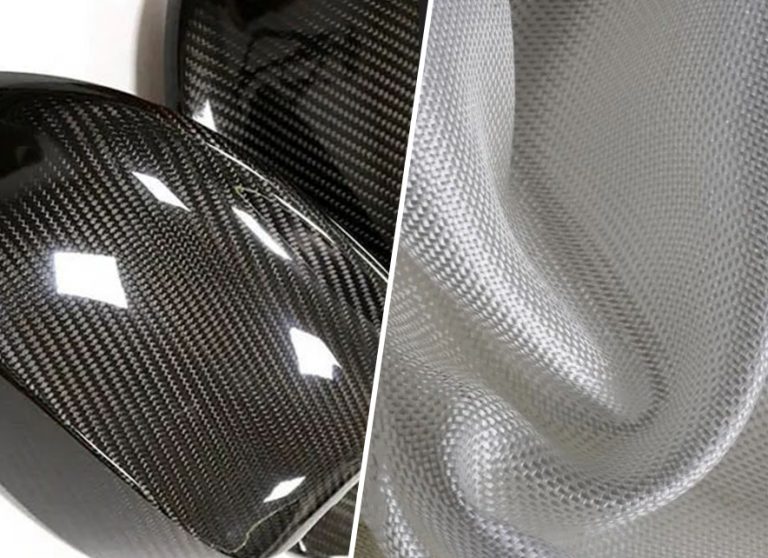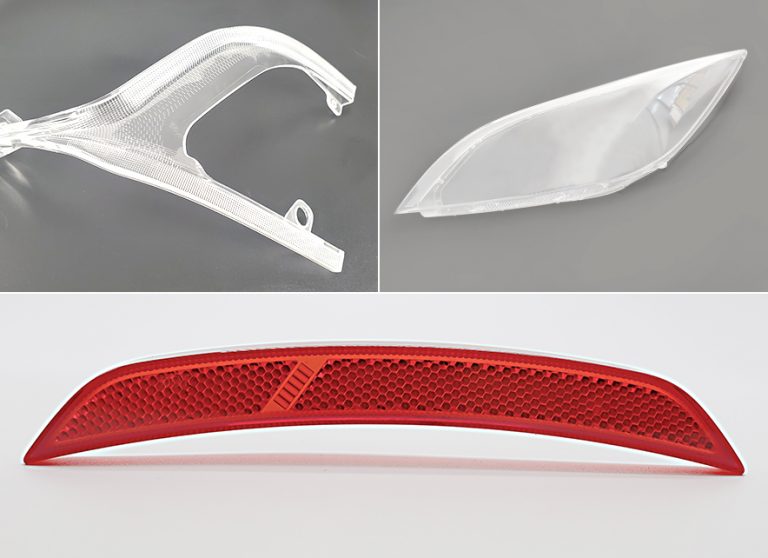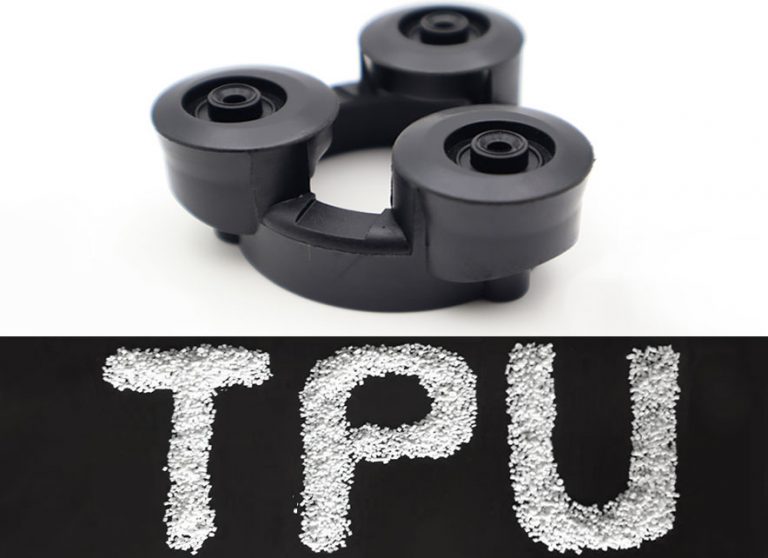Issues in Processing Large Scale Injection Molding Mold

Posted on : July 25 , 2022 By GREFEE
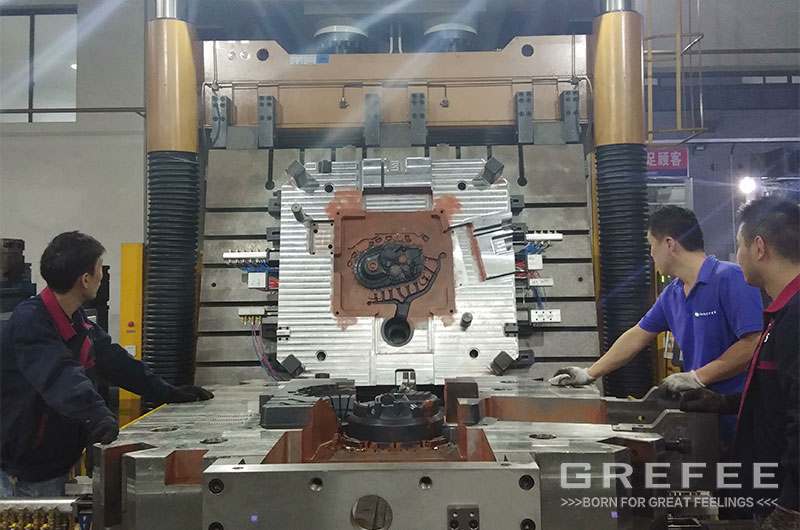
Nowadays, the demand for large-scale injection molding mold is increasing. From the flat screen TV to car dashboard, the designer always seeking the improvements in the dimension and complexity of the mold making. However, not every manufacturer can make large scale injection molding mold as it includes many difficulties and is hard to process.
Issues of large scale injection molding mold
The shapes and weight of the large scale mold process are big challenges, such as the plastic injection molding process, which indicate that the plastic mold suppliers need extra labor, professional tools and various equipments. Sometimes, it will causes potential errors. Properly selection of the process machine center will eliminate or avoid many issues. Meanwhile, it also simplifies the equipment and fully transmit the accuracy issues.
The largest cost for producing the large injection mold is the mechanical cost because the machines used for injection molding process are expensive. Thus, a multifunctional machine is the first requirement to enter this market. For instance, the process of black and polishing can be carried out on the same equipment and it also ensures the accuracy.
Designing large scale injection molding mold machine
To calculate the common accuracy and pay attention to the large scale machine, we must research several designing properties with a large scale injection molding center.
(1) Steel castings and spindles capable of handling heat
The key design of any machine used to grind large parts is a large steel casting and a mandrel that can handle the heat. Iron and steel castings are still reliable materials in machine forming, strengthening hardness and reducing heat, etc.
In terms of the mandrel, the internal technology must be used to cool it to ensure the mandrel not to burn or cause errors due to the high temperature.
To achieve a higher surface quality, a large machine and tools are required to reduce the time spent on secondary EDM and manual polishing. The large scale mold processing takes a few days to complete. During the processing, the external conditions will change and it cannot meet the required accuracy without considering the following changes. A machine that is not used to cut large injection molds will change the temperature of the machine cylinder at 6 degrees Celsius at room temperature of 10 degrees Celsius, and will also cause the axis angle plane to change by 0.070mm.
(2) Heat stabilization technology
On the other hand, the application of heat stabilization technology will causes the temperature change of the 3-degree cylinder under the same environment or the axis angle plane to change by 0.030mm. however, designing a machine involves the impact of the environment heat since the external gases will affect the making of molds. If the machine is thermal stabilized, it will directly reduce the difficulties of the mixing of ingredients and future eliminates the needs for manual polishing.
(3) speed
The second property that needs to take into account is the speed. The rotating speed of the axis core should be no less than 20,000 rpm. The metal undated speed should be no less than 30 imp. For instance, the cutting speed for a large scale injection molding processing center should be 787 ipm.
(4) accuracy
The accuracy is essential if the polishing and blank processing are completed on one large injection molding mold. The processing centre must be able to carry out the accuracy positioning and the repeatability of the small machines. The coefficient for the use of a large injection molding machine includes the accuracy positioning is ±0.000060 inch(±0.0015 mm), and the repeatability is ± 0.000040 inch (±0.001 mm). Another point is that the accuracy is also important, which must be within 5 micron.
(5)feedback
To measure the accuracy of the processing, we should be clear about the feedback of machines. The 1 micron standard is common. When the feedback is 0.050micron, it indicates that the polishing is almost perfect. Control and regulate the feedback and the use of the subdivision screw can all improve the surface polishing effect.
(6) Axis
Axis should also be taken into account, especially the axis of the large injection molding mold should receive the blank processing, semi-polishing and high quality polishing first. As a the datum, the tolerance of the surface polishing should be about 2 micron. This fine polishing is extremely important when cutting and dividing the lines. Many mold manufacturers have to carry out the manual polishing to compensate the tolerance due to the tools. Due to the expensive large machines, it is unfeasible to find a multi-functional machine which can complete these three tasks.
Horizontal machine with variable geometry, which can be used for processing the 2+3 large and complex molds with extremely high accuracy and no surface polishing.
In addition to this, the axis should also maximize tool life with minimal vibration. For instance, a large injection mold processing center must have a machine, of which the service life is more than 30 hours and a 16mm CBN plug-in polishing tool with a speed of 314 IPM to achieve surface polishing of 0.336 micron RA and 3.02 micron Rmax. When processing large injection molds, the cost of tools increases significantly. From the perspective of tool cost, machines that can maximize the tool life can save thousands of dollars when processing a mold.
(7) Movable, multi-spindle head
Mold processing, especially large and complex molds, the axis head is moveable and with multiple-spindle is optimal. A changeable geometrical top design can process three axis processing in the meantime, and can grind and cool the holes of mold deeply. It also support combined cutting on one equipment as the dimension and weight of the part will be transmitted into a long preparation. The use of the three axis can reduce the number of equipments used, and increase the capacity of the large injection mold significantly without affecting its accuracy. The multi-spindle head also supports the blind hole processing. The axis head can be inclined to an appropriate angle to allow the milling point to enter easily.
The design of the multi-spindle head also can adopts shorter and smaller tools. Short and small tools usually are more tough and accurate, and also can prevent the axis from sticking on the working top. Last but not least, this design can use the margin of the radius to replace the top of the tools to improve the surface polishing.
(8) Debris management
Debris management is a serious issue for making the large injection mold. Some large injection mold process centre has 18 holes under the worktop to collect these debris. Four internal chain conveyor belt pours debris at high speed towards the front of the machine. The lathe and rods are covered by the hood to avoid the new cut and hot debris and cooling agents getting contact with the surface of the iron castings. The rod and lathe, as well as the area under the lathe will be separated, which will eliminate the temperature change of the iron casting structure caused by the temperature change in the workshop.
Without fragment management system, failure or heat problems are inevitable in the large injection mold machines.
(9) high pressure cooling agents
The last important factor for selecting a large injection molding centre is the high pressure cooling agent. For instance, utilizing the 2+3 method to drill the holes with angles needs a 1000psi cooling agent to ensure the effective fragments exhaust and more accurate cutting. Without high pressure cooling agents, the tool will block the debris from coming out of the hole, which will make the debris being cut again. Effectively processing the holes with angles can save the assembly time, and no more need for drilling with mechanics.
MORE BOLG
Categories
Latest blog

Try GREFEE now,for free
We keep your uploaded files confidential and secure.
